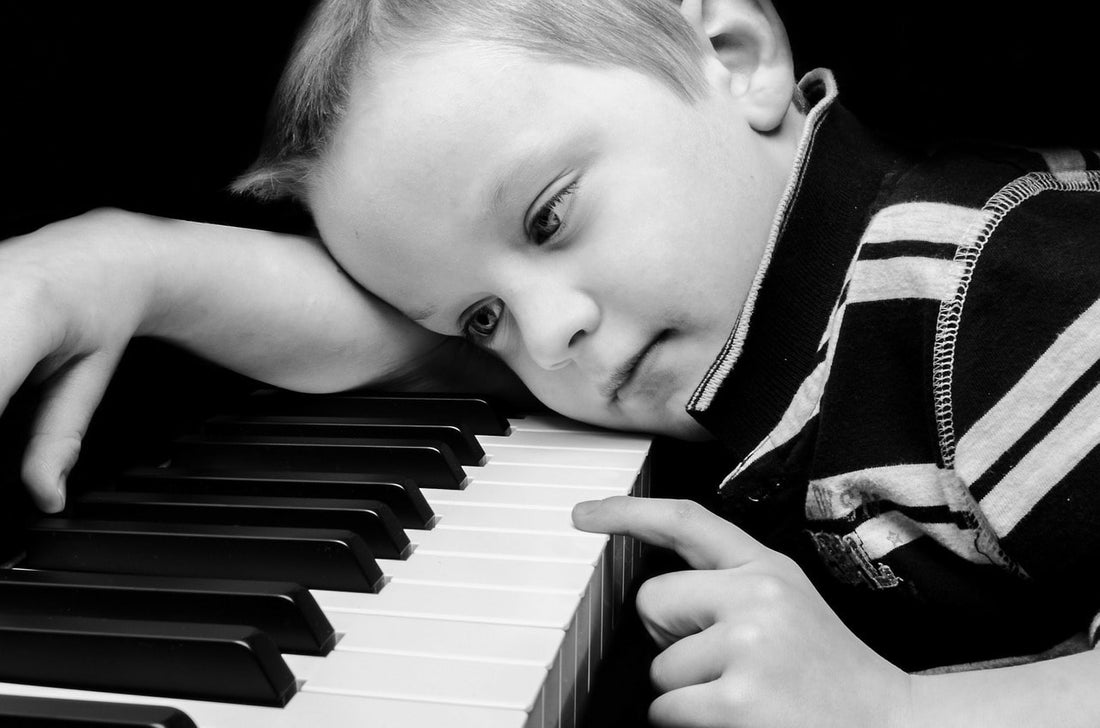Synthetic music
by Paul McGowan
Before the advent of home music reproduction systems, the only way to listen to music was live. In fact, just about any form of entertainment—reading, theater, and music—was live. People only knew what live music sounded like and thus were all experts at it.
Move forward a few centuries and, of course, the opposite is true. Fewer and fewer know the sound of live music since we are exposed to it not in the intimacy of our homes or small venues, but in amplified public venues.
And then there's the advent of synthetic instruments—synthesizers that sometimes mimic the sound of live instruments or sounds unto themselves. I remember well my first taste of a synth generating out of this world sounds at an Emerson Lake and Palmer concert. And too, I remember my first encounter with a synth mimicking classical instruments when Walter Carlos released Switched on Bach.
After Carlos released Switched on Bach, there was a great deal of anger and outrage that a collection of wires and transistors were employed to mirror real instruments. I clearly remember a classical musician friend of mine shaking his head in disgust, and asking the obvious. "Why? Why all the effort at synthetic music? Aren't instruments enough? Why must Carlos disparage that which has been with us for hundreds of years?"
I wonder if that conversation mirrored a similar one when, in the 18th century, harpsichords were being replaced with the fortepiano and later, in the 19th century, what we consider the modern piano of today? I'll bet there were the same howls and head shaking as when Carlos bravely ushered in a new age.
We all love music. Who cares if it comes to us from a stick of hollow bamboo with finger holes, or transistors?
- Choosing a selection results in a full page refresh.
- Opens in a new window.








